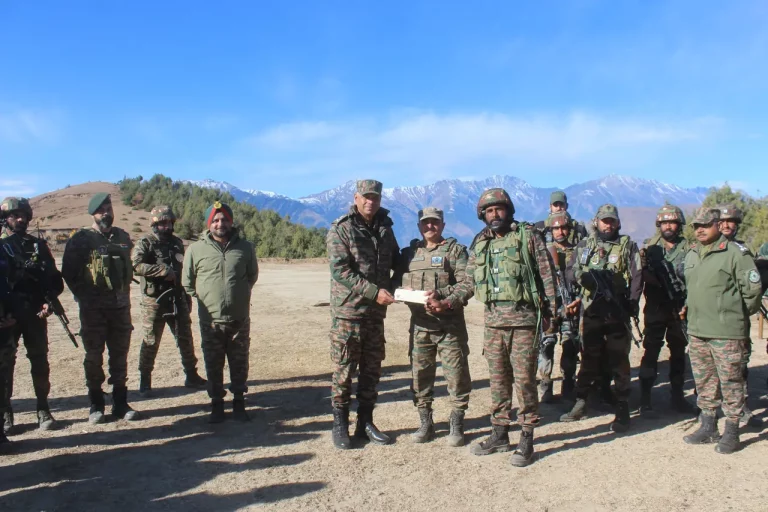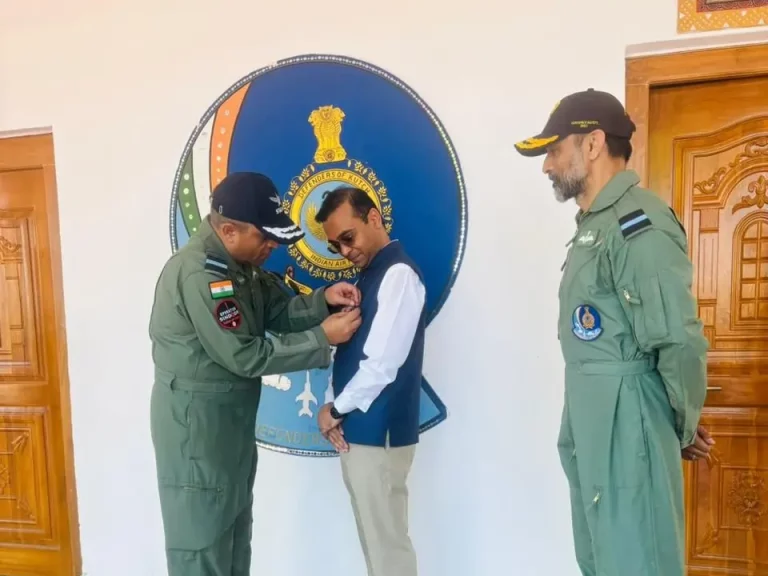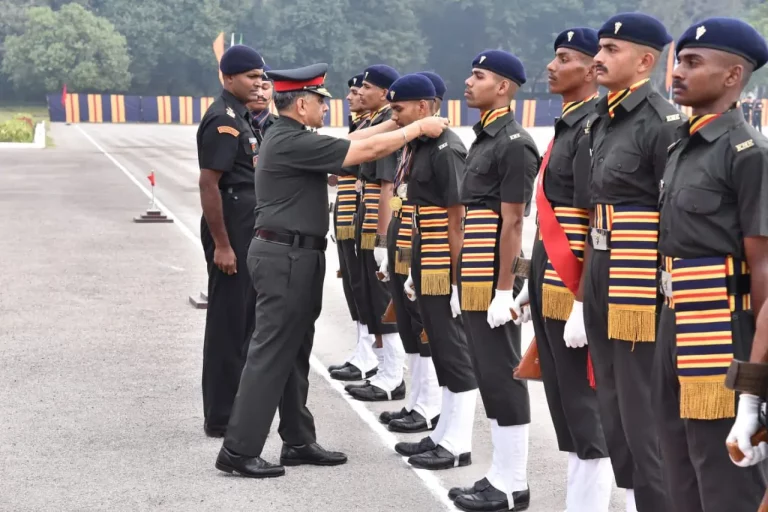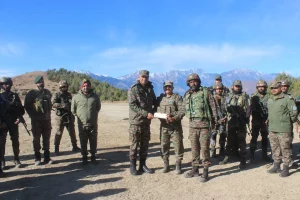In a recent development, Admiral Naveed Ashraf, Pakistan’s Chief of Naval Staff, visited forward naval posts in the contentious Sir Creek area situated along the maritime boundary between India and Pakistan. This visit has sparked significant backlash from Indian intelligence officials, who characterized the action as a “deliberate provocation” intended to assert military dominance in a region fraught with tension.
During his visit, Admiral Ashraf unveiled the induction of three advanced 2400 TD Hovercraft into the Pakistan Marines, marking a significant step toward modernizing the Navy’s capabilities in challenging environments like the shallow marshes of the Creek area. The hovercraft’s design allows for enhanced mobility across diverse terrains, including water bodies, mudflats, and sand dunes, ultimately improving the Navy’s operational flexibility and logistical support in areas where traditional vessels struggle to operate effectively.
The Pakistan Navy Chief took this opportunity to underscore the organization’s readiness to defend the nation’s maritime sovereignty, stating that the Navy is poised to protect Pakistan’s interests from Sir Creek to Jiwani. He emphasized that the hovercraft induction is not merely a technological upgrade but a crucial reinforcement of Pakistan’s maritime defense posture. Furthermore, he asserted that the security of Sea Lines of Communication (SLOCs) is integral to national sovereignty and economic well-being.
However, the timing of this visit has raised eyebrows among Indian security agencies, who interpret it as a strategic maneuver linked to India’s upcoming Tri-Services joint exercises. Indian analysts believe that this move not only escalates regional tensions but also aims to garner international attention regarding the longstanding Sir Creek dispute.
Furthermore, it appears to bolster Pakistan’s strategic partnership with China, particularly in the context of the China-Pakistan Economic Corridor (CPEC). Indian sources assert that Admiral Ashraf’s actions could strengthen arguments for sustained Chinese naval presence and infrastructure development in the Arabian Sea, particularly enhancing connectivity between Gwadar and Jiwani.
While Pakistan frames the introduction of the hovercraft as a defensive enhancement, experts on the Indian side caution that this development could be part of a broader strategy to bolster surveillance and logistical networks in collaboration with Chinese interests in the maritime domain.
The Sir Creek dispute, a critical 96-kilometer-long estuarine boundary separating the Indian state of Gujarat from Pakistan’s Sindh province, remains one of the most contentious points of conflict in bilateral relations. This latest incident risks heightening tensions at a time when both countries seem to be maintaining a vigilant stance in the Arabian Sea, further complicating an already fraught regional security landscape.
















